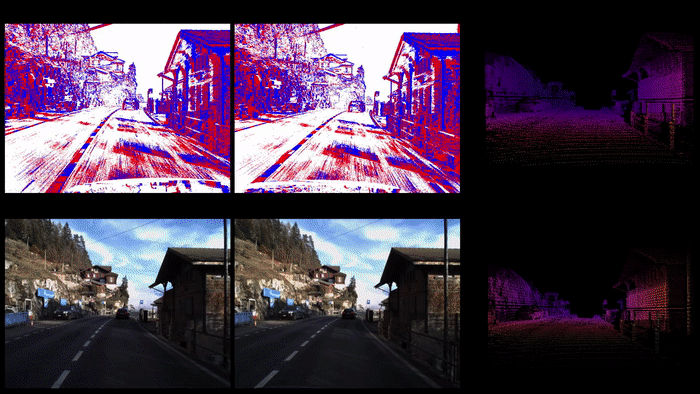Abstract
TL;DR: We propose a point-voxel-based method to process event data in both classification task and optical flow regression task.
Event cameras are novel sensors that record a stream of asynchronous events and offer advantages of high dynamic range and no motion blur. Events can be converted to voxel grids and be processed by 2D or 3D Convolutional Neural Networks, or be directly processed by point-based model (i.e. PointNet). We want to investigate what are the pros and cons between these two types of models and try to combine the pros of both. By fairly comparing them within the same datasets and tasks, and within the similar preprocessing methodology, we show that the combination point-voxel-based method can get better performance than both voxel-based models and point-based models.



